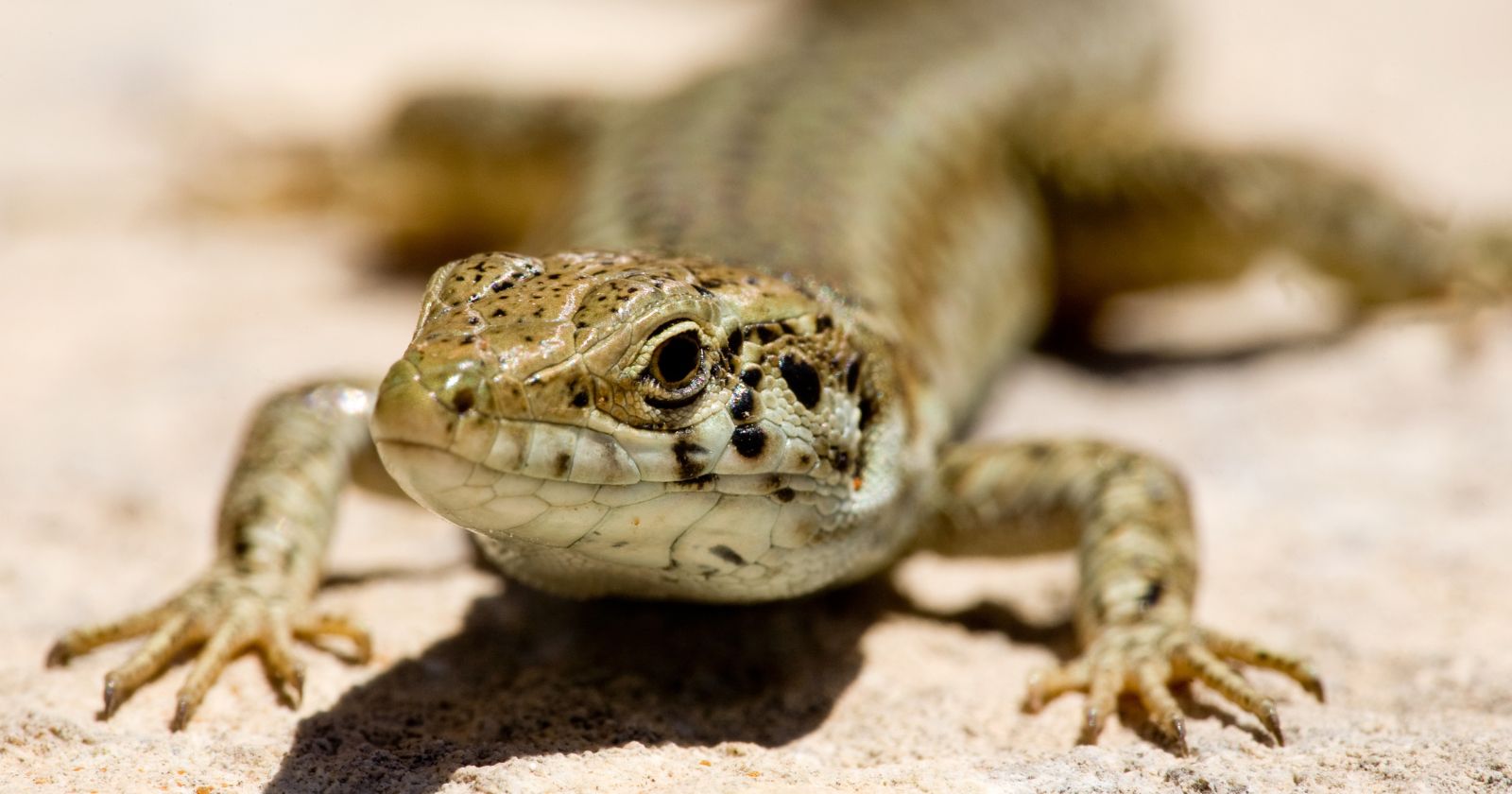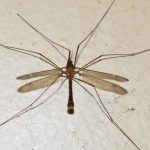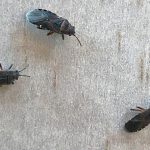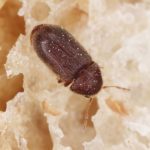Do you need help getting rid of lizards in your home? Many people are asking the same question.
After all, Raid is one of the most popular insecticides on the market. So why doesn’t it also work on lizards?
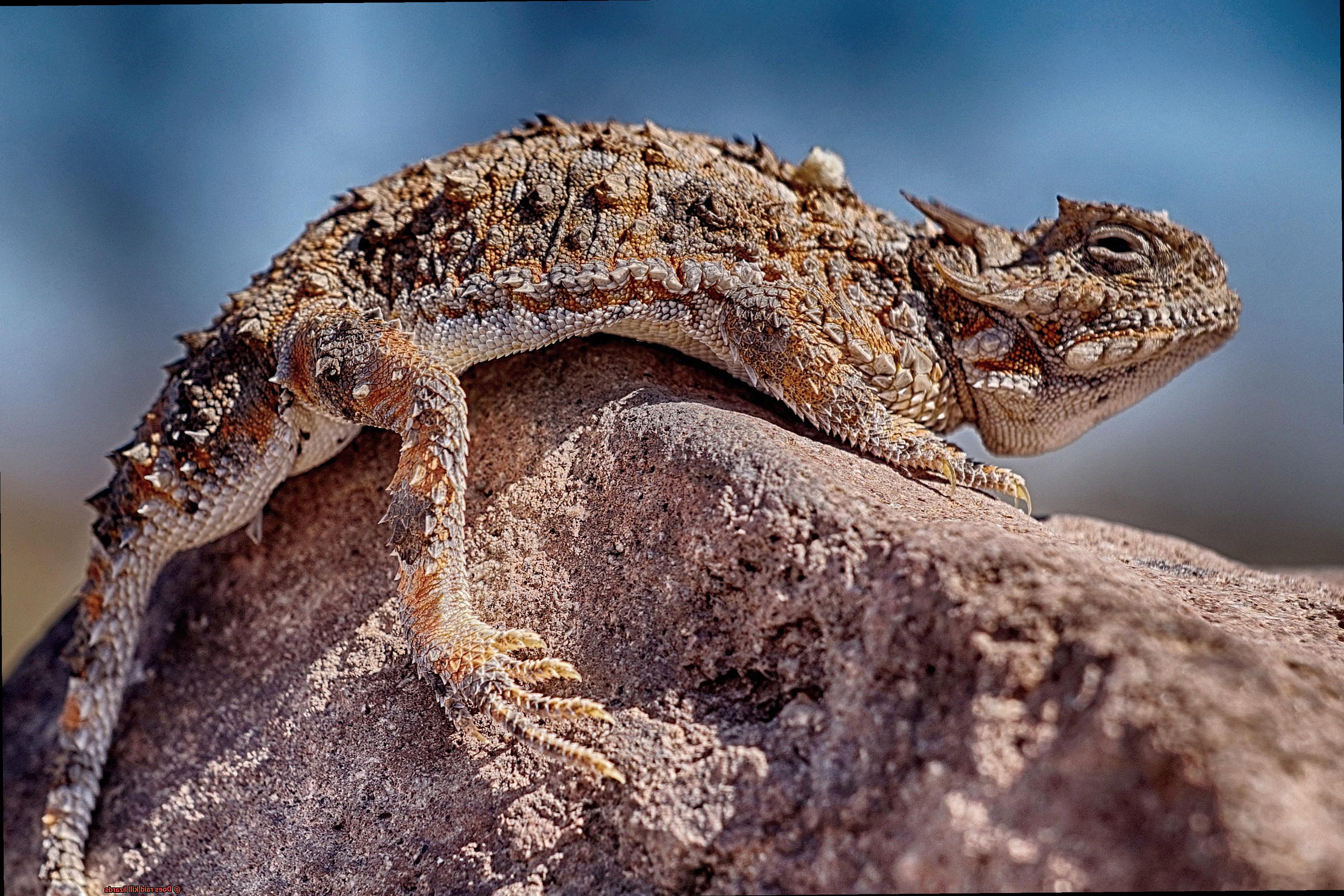
It depends. Raid can be an effective way to kill lizards, but there are important things to consider first.
In this blog post, we’ll answer the question: Does Raid Kill Lizards? Let’s start with why people might want to use Raid.
It’s fast-acting and can destroy any bugs or rodents that have made their way into your house. Plus, it has a long-lasting effect and can keep those critters away for weeks or months after application.
So does this mean it will work on lizards too? Yes – but only if used properly.
Although Raid won’t necessarily kill lizards outright, it can discourage them from certain areas in your house by creating an environment they don’t like. This involves spraying Raid on the ground and then sealing off any cracks or crevices where they could reach from outside.
Before using these products around children and pets, though, you should take some safety precautions. We’ll talk more about that soon.
But first, let’s explore how to use Raid effectively against lizards.
Does Raid Kill Lizards?
Contents
- 1 Does Raid Kill Lizards?
- 2 The Challenges of Killing Lizards with Raid
- 3 Traps and Baits: A Humane Way to Catch Lizards
- 4 Repellents: Keeping Lizards Away from Your Home
- 5 Exclusion Techniques: Blocking Access for Lizards
- 6 Natural Predators: Using Nature to Control the Lizard Population
- 7 DIY Solutions: Simple Tips for Controlling the Lizard Population in Your Home
- 8 Conclusion
If you have lizards in your home, using Raid to get rid of them is not recommended.
The chemical ingredients in Raid, such as pyrethrins, pyrethroids and imiprothrin, can be toxic to lizards if ingested or exposed to in high concentrations. This can lead to severe health complications, including respiratory distress, neurological damage and even death.
Moreover, lizards are effective natural pest control agents. They prey on insects such as spiders, cockroaches and flies, consuming large amounts of insects each day.
By using Raid, you not only risk harming your lizards but also deprive your home of this valuable insect control agent. Finding the lizards is also a challenge as they are small and agile creatures that can easily hide in tight spaces.
The Challenges of Killing Lizards with Raid
Getting rid of lizards in your home can be a tricky task, and using Raid insecticide may not be the best solution.
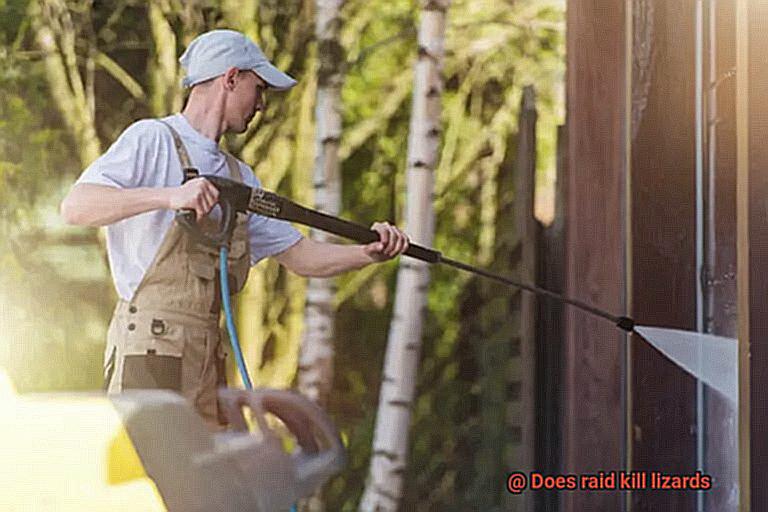
Lizards are a unique species with their own physiology and habits that make them highly resistant to most insecticides, including Raid.
For starters, lizards have a special respiratory system that makes it difficult for them to absorb airborne toxins.
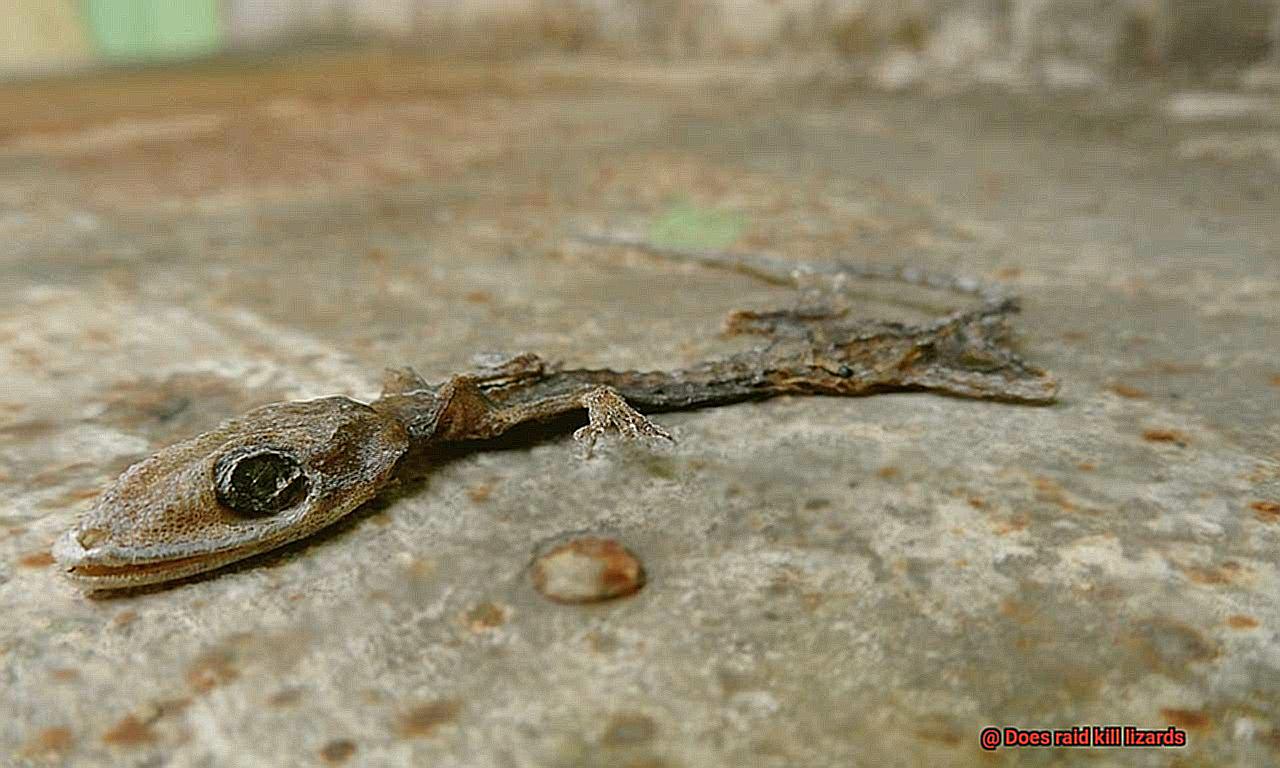
They breathe through their skin and lungs, so aerosols like Raid are not as effective against them as they are against other pests. What’s more, lizards are fast and agile creatures that can easily escape from the spray and quickly climb walls and ceilings to avoid contact with the insecticide.
Not only that, but they are also skilled at hiding in tight spaces, making it almost impossible to detect them properly with Raid. In addition, the effectiveness of insecticides like Raid also depends on the size and species of the lizard.
Therefore, if you have an infestation of lizards in your home, it is recommended that you seek professional help or take preventative measures such as sealing cracks and crevices or removing clutter.
Traps and Baits: A Humane Way to Catch Lizards
You may be wondering what the best way to handle it is.
Chemical repellents such as Raid may seem like the easiest solution, but they are not always the most humane. Fortunately, there are more effective and cost-friendly alternatives that don’t involve killing the lizards.
Traps and baits are an excellent way to combat a lizard infestation. These methods involve safely capturing the lizards for release back into the wild.
You can purchase live traps from most hardware or garden stores, or make your own using a plastic bucket and some bait such as fruit or crickets. While this may take more effort than chemical repellents, it is much more humane and can be a great teaching moment for children about wildlife conservation.
If you want to take it one step further, try using essential oils such as peppermint or lemongrass, or even crushed garlic to discourage unwanted visitors from entering your house in the first place.
Repellents: Keeping Lizards Away from Your Home
Before you reach for the Raid, consider some more humane and natural ways to keep them away.
Coffee grounds, crushed eggshells, and peppermint oil are all effective in repelling lizards from entering your home. Simply sprinkle used coffee grounds around the perimeter of your house or anywhere you have seen lizards.
The scent of the coffee is said to deter them from entering the area. Crush up eggshells and sprinkle them around the areas you want to protect as well.
The sharp edges of the shells can be uncomfortable for lizards to walk on and may deter them from entering the area. Lastly, mix a few drops of peppermint oil with water in a spray bottle and spray around your home or areas where lizards are present.
The strong scent of the oil can be irritating to lizards and repel them from entering the area. It’s important to remember that while these natural repellents may help keep lizards away, they are not foolproof and may need to be reapplied periodically.
Additionally, if you do encounter lizards in your home, it is recommended to gently catch and release them outside rather than using harmful methods to kill or repel them.
Exclusion Techniques: Blocking Access for Lizards
While Raid may be a good insecticide, it is not always the most efficient way to get rid of lizards.
Fortunately, there is a safer alternative: exclusion techniques. Exclusion techniques refer to the various methods used to block or deter lizards from entering certain areas of your property.
These techniques are considered to be one of the most effective ways to get rid of lizards without having to resort to harsh chemicals or insecticides. Identifying the areas where the lizards are entering is essential in implementing exclusion techniques.
Common entry points for lizards include gaps around doors and windows, holes in screens and vents, and cracks in walls or flooring. Once you have identified these entry points, you can begin working on blocking them from future entry.
There are several methods for blocking access that can be used effectively. Sealants or caulking can be used to fill cracks and gaps around windows, doors, and vents.
Weather stripping is also an option; this form of insulation applied around doors and windows creates an airtight seal. Additionally, mesh screens or netting can be used to cover vents, doors, and any other openings where lizards may enter.
These screens are usually made of metal or plastic and are designed for durability and longevity.
Natural Predators: Using Nature to Control the Lizard Population
When it comes to controlling the lizard population in your household, natural predators can be an effective and eco-friendly solution.
Snakes, birds of prey, and some mammals such as wild cats and foxes are all known for their ability to catch and consume lizards. By allowing these predators to thrive in the environment, you can help regulate the number of lizards without using harmful chemicals or traps.
Snakes are particularly adept at catching and consuming lizards. Many species of snake are also beneficial to have around, as they can help reduce rodent populations as well.
Birds of prey such as hawks and eagles are also skilled hunters that can easily find and kill lizards. However, it is important to note that some mammals may also pose a threat to other small animals in the area.
This involves creating a healthy ecosystem with plenty of trees and plants that provide food and shelter for these animals, as well as avoiding the use of pesticides or other chemicals that could harm them or their habitat.
DIY Solutions: Simple Tips for Controlling the Lizard Population in Your Home
Lizards can be a pesky problem in your home, but getting rid of them doesn’t have to be complicated.
While some may resort to using chemical pesticides like Raid, it is important to understand the potential risks and negative effects that come with using such products in your home.
Fortunately, there are natural and humane solutions for controlling the lizard population in your household.
- First and foremost, sealing cracks and gaps around windows and doors can go a long way in preventing lizards from gaining access to your living space in the first place. Additionally, removing any potential food and water sources can discourage lizards from sticking around. This may include clearing away any debris or clutter, sealing food containers and cleaning up spills promptly.
- If you do happen to find a lizard in your home, there are a number of humane ways to remove them without resorting to harmful pesticides. One method is to use a gentle capture and release technique, using a broom or cardboard box to carefully relocate them outside.
- On the other hand, Raid insecticide is also used as a last resort for controlling the lizard population at home. Raid can be very effective at killing insects, but it’s important to note that it wasn’t designed for use on lizards. Lizards are remarkably resilient to certain chemicals, so repeated applications may be necessary – exposing yourself and other household members to potentially harmful chemicals over an extended period of time. As a result, it’s important to read and follow the manufacturer’s instructions when using Raid, as well as avoiding it from children and pets at all times.
Overall, while it may be tempting to use chemical pesticides like Raid to control the lizard population in your home, it is important to consider the potential risks and negative effects of using such products.
Conclusion
In conclusion, the challenge of controlling lizard populations in your home requires patience and thoughtful consideration.
Raid insecticide may be a popular choice for killing insects, but it is not always the best solution when it comes to lizards. If ingested or exposed to in high amounts, the chemical components in Raid can be harmful to lizards and should be avoided whenever possible.
Fortunately, there are more humane and natural alternatives that don’t involve killing lizards.
Traps and baits can be used for capture-and-release techniques; essential oils such as peppermint or lemongrass can act as repellents; and exclusion strategies such as sealing cracks and crevices or clearing clutter can help keep lizards away from your house.
Ultimately, whatever method you choose for limiting lizard populations should be done with safety in mind.

